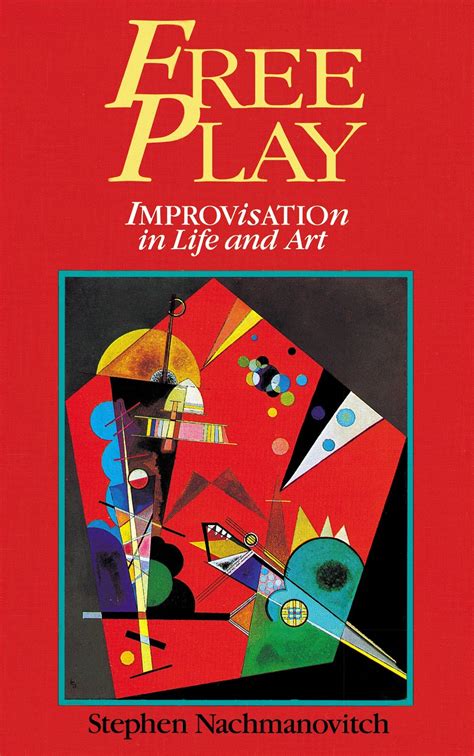Top 64 Quotes & Sayings by Stephen Nachmanovitch
Explore popular quotes and sayings by an author Stephen Nachmanovitch.
Last updated on April 20, 2025.
Creativity can replace conformity as the primary mode of social being. . . . We can cling to that which is passing, or has already passed, or we can remain accessible to-even surrender to-the creative process, without insisting that we know in advance the ultimate outcome for us, our institutions, or our planet. To accept this challenge is to cherish freedom, to embrace life, and to find meaning.
Many musicians are fabulously skilled at playing the black dots on the printed page, but mystified by how the dots got there in the first place and apprehensive of playing without dots. Music theory does not help here; it teaches rules of the grammar, but not what to say. When people ask me how to improvise, only a little of what I can say is about music. The real story is about spontaneous expression, and it is therefore a spiritual and a psychological story rather than a story about the technique of one art form or another.
Brahms once remarked that the mark of an artist is how much he throws away. Nature, the great creator, is always throwing things away. A frog lays several million eggs at a sitting. Only a few dozen of these become tadpoles, and only a few of those become frogs. We can let imagination and practice be as profligate as nature.
There are no prescriptive solutions, no grand designs for grand problems. Life's solutions lie in the minute particulars involving more and more individual people daring to create their own life and art, daring to listen to the voice within their deepest, original nature, and deeper still, the voice within the earth.
In the art of teaching, we recognize that ideas and insights need to cook over a period of time.
Sometimes the student who is least articulate about expressing the ideas is in fact the one who is absorbing
and processing them most deeply. This applies as well to our own private learning of our art form; the
areas in which we feel most stuck and most incompetent may be our richest gold mine of developing
material. The use of silence in teaching then becomes very powerful.
Here the artist is, as it were, an archaeologist, uncovering deeper and deeper strata as he works, recovering not an ancient civilization, but something as yet unborn, unseen, unheard, except by the inner eye, the inner ear. He is not just removing apparent surfaces from some external object, he is removing apparent surface from the Self, revealing his original nature.
The Western Idea of practice is to acquire a skill. It is very much related to your work ethic, which enjoins us to endure struggle or boredom now in return for future rewards. The Eastern idea of practice, on the other hand, is to create the person, or rather to actualize or reveal the complete person who is already there.... Not only is practice necessary to art, it is art.
It can sometimes be a hearbreaking struggle for us to arrive at a place where we are no longer afraid of the child inside us. We often fear that people won't take us seriously, or that they won't think us qualified enough. For the sake of being accepted, we can forget our source and put on one of the rigid masks of professionalism or conformity that society is continually offering us. The childlike part of us is the part that, like the Fool, simply does and says, without needing to qualify himself or strut his credentials.



















